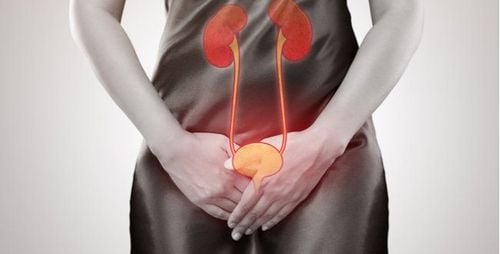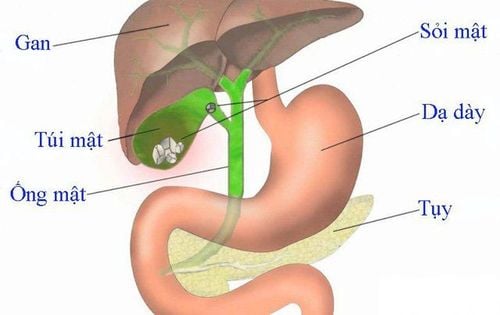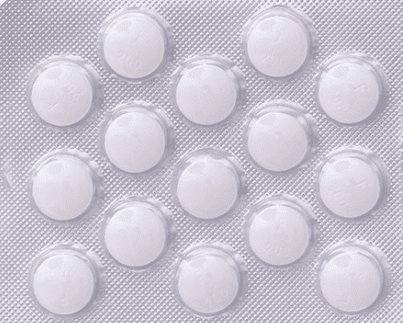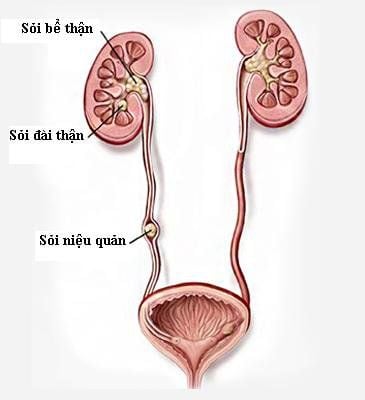This is an automatically translated article.
The article is professionally consulted by Master, Doctor Lam Thi Kim Chi - Department of Diagnostic Imaging - Vinmec International Hospital Da Nang. The doctor has more than 6 years of experience as a radiologist.Ultrasonography of ureteral stones is one of the methods to diagnose stones. Ultrasound of ureteral stones shows the location of stones and the extent of impact of stones on the urinary system.
Of all types of urinary stones, ureteral stones are the most common and dangerous. Ureteral stones are stones that form in the kidney and move down the ureter. Meanwhile, the ureter is the only way for urine to go from the kidney to the bladder. If the ureter is blocked by stones, it will cause the kidneys to gradually dilate, retain water, pus, and most dangerously, the kidneys will be destroyed, leading to the risk of death. Therefore, the role of ultrasound in detecting stones and determining stone status is extremely important.
1. Features of ultrasonography of ureteral stones
Ultrasound is one of the common methods for diagnosing ureteral stones. This method uses the reflection of sound waves on the material to create images of ureteral stones. On imaging, the ureteral stone is an acoustic (shiny) obstruction.1.1 Advantages of ultrasonography of ureteral stones This is a non-invasive, non-radiative imaging technique with good image quality, low cost, fast results, and can be used to monitor progress. of gravel. Contributing to the prognosis and assessment of complications of ureteral stones, thereby helping the clinician to come up with a treatment plan. The operation is simple, so it is very useful for children or poor patients. cooperate. 1.2 Disadvantages of ultrasound of ureteral stones Ultrasound of ureteral stones is not a definitive diagnosis or differential diagnosis, because it can confuse stones with urine sediment, and cannot distinguish other stones together. In cases where the abdominal wall is thickened or distended, it will limit the examination of the ureter on ultrasound. Ureteral calculi ultrasound is only used as an adjunct to other diagnostic methods or to monitor progression and recurrence of stones.
2. The role of ureteral stone ultrasound
Ultrasound images of ureteral stones play an important role in the diagnosis of ureteral stones. Based on ultrasound, the doctor can:Know the number, size, and location of ureteral and kidney stones. Assess kidney size, ureters, renal circulation. Complications of ureteral stones: dilatation of the renal calyces, thickness-thinness and damage to the renal parenchyma, renal calyces,... Ultrasound results are an important basis for choosing effective treatment methods. fruit. The treatment methods for ureteral stones are:
Medical treatment; Extracorporeal shock wave lithotripsy; endoscopic retrograde lithotripsy; Urethrectomy to remove stones either endoscopically or through open surgery. Choosing the right treatment method for each specific patient will help increase the rate of stone clearance. In particular, the key factors determining the treatment method are: symptoms, location and size of stones, fragility and stone composition.
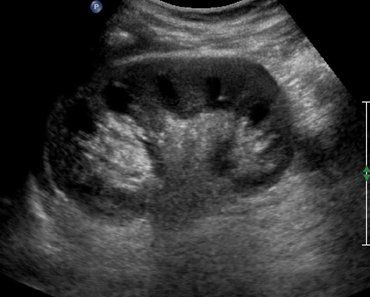
Please dial HOTLINE for more information or register for an appointment HERE. Download MyVinmec app to make appointments faster and to manage your bookings easily.





